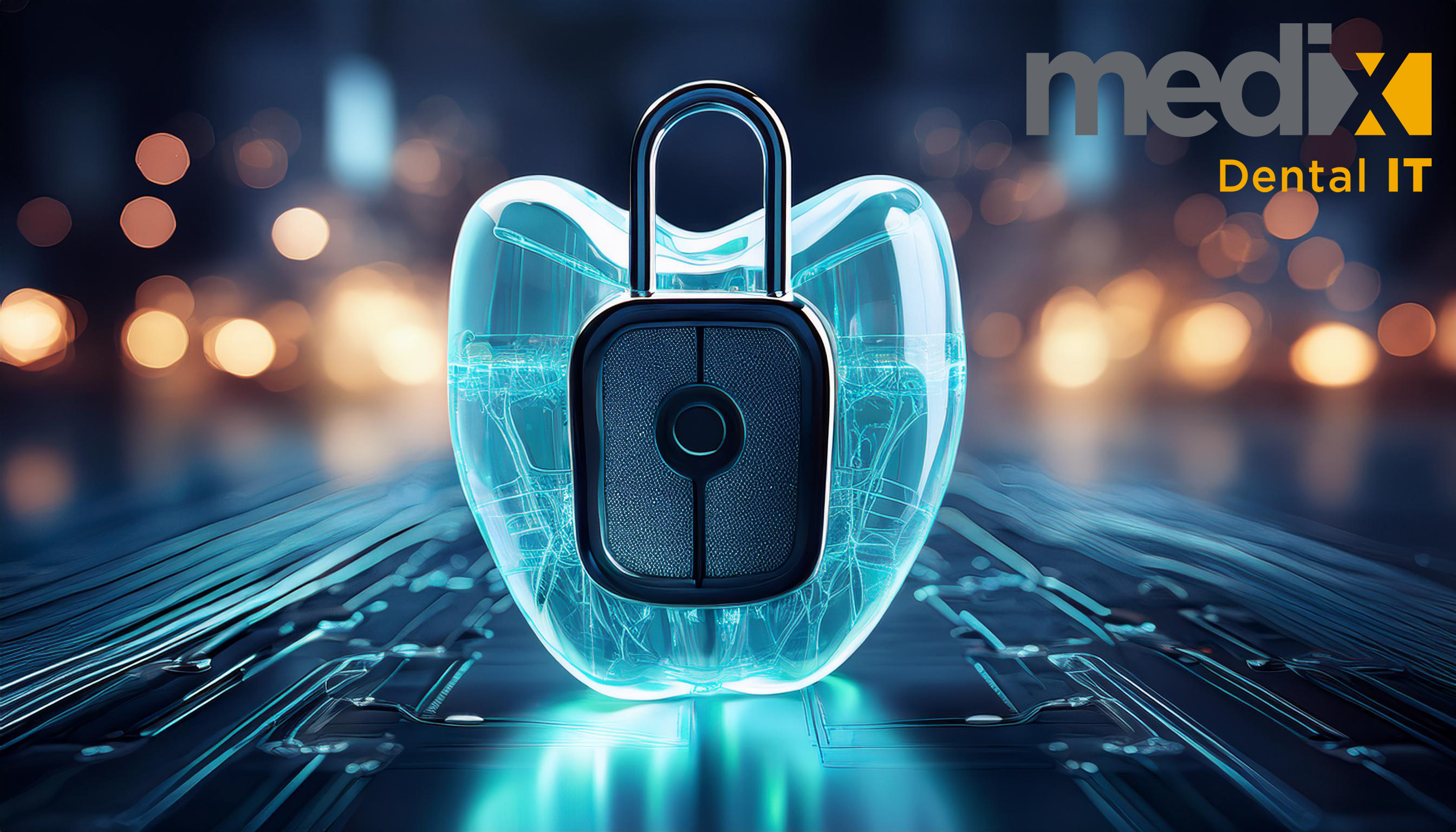February 15th, 2025
The Importance of Dental Data Backup and Disaster Recovery
Industry Research — Other

Last week, a fire broke out in a dental specialty building, completely destroying the offices of an oral surgeon and an endodontist. These practices were not clients of ours, but the incident left us wondering—did their IT provider have a robust dental data backup and disaster recovery plan in place? If not, the damage wasn’t just physical; the loss of patient records, imaging, and practice management data could have been just as devastating.
Over the years, we continue to encounter dental practices relying on outdated and insufficient backup strategies. Some use local hard drive backups that never leave the office, others have cloud backups that aren’t actively monitored (and often aren’t working), and in the worst cases, we’ve found practices without any functional backup at all. This is particularly alarming for practices using local practice management software (PMS) and imaging systems—without a proper backup strategy, a fire or other disaster could erase years of patient records and business data in an instant.
The Risks of Poor Backup Strategies
- Total Data Loss: If all backups are stored locally, a fire, flood, or theft can wipe out a practice’s entire data history.
- Non-Compliance with HIPAA Regulations: HIPAA requires a secure and reliable backup strategy, including off-site storage and proper encryption.
- Inability to Continue Operations: Without immediate access to patient records, appointment schedules, and imaging, a practice may face significant downtime, financial losses, and reputational damage.
- Cybersecurity Threats: Ransomware attacks and other cyber threats can lock or corrupt patient data. A well-structured backup ensures data can be restored quickly without paying a ransom.
What an Effective Backup and Disaster Recovery Plan Looks Like
A properly managed dental data backup and dental disaster recovery strategy should include the following:
- Off-Site or Cloud-Based Backups: Data should be stored in multiple secure locations, ensuring it remains accessible even if the primary office is compromised.
- Monitored Backups: Automated alerts should notify IT providers if a backup fails, and they should have resources to correct the issue quickly.
- Fast Recovery Capabilities: In the event of a disaster, practices should be able to regain access to their PMS and imaging software within hours, allowing them to contact patients and continue operations from an alternate location.
- Cybersecurity-Integrated Backup Solutions: Backups should be protected against ransomware and other cyber threats, ensuring they remain uncorrupted and accessible.
- A Comprehensive Disaster Recovery Plan: Every dental practice should have a well-documented and regularly updated disaster recovery plan that outlines emergency procedures, alternate working locations, and communication strategies for staff and patients.
Don’t Wait Until It’s Too Late
If these impacted dental offices had been our partners, we would have been able to provide them access to their PMS and imaging software in the cloud within hours. This would have allowed them to contact patients immediately and operate from an alternative location while rebuilding their offices. Backup is not just a precaution—it is an essential part of dental cybersecurity and dental IT support.
If you’re unsure about your current dental data backup and recovery strategy, now is the time to take action. Contact your IT provider and ask them to explain your backup structure, including where your data is stored, how often it is backed up, and what the recovery process looks like. Additionally, make sure your practice has a disaster recovery plan in place to mitigate the chaos when an emergency strikes.
Protect your practice, your patients, and your business. A disaster can strike at any time—make sure your data and operations are safeguarded with a solid, off-site monitored backup solution and a well-structured recovery plan.
Posted in Other

